Workinton Msheireb
A vibrant creative and tech hub located within the M7 Msheireb Downtown Doha, where innovation meets inspiration - designed to ignite your inner creativity, offering a spacious coworking area and an amphitheatre ideal for fostering collaboration and connection.
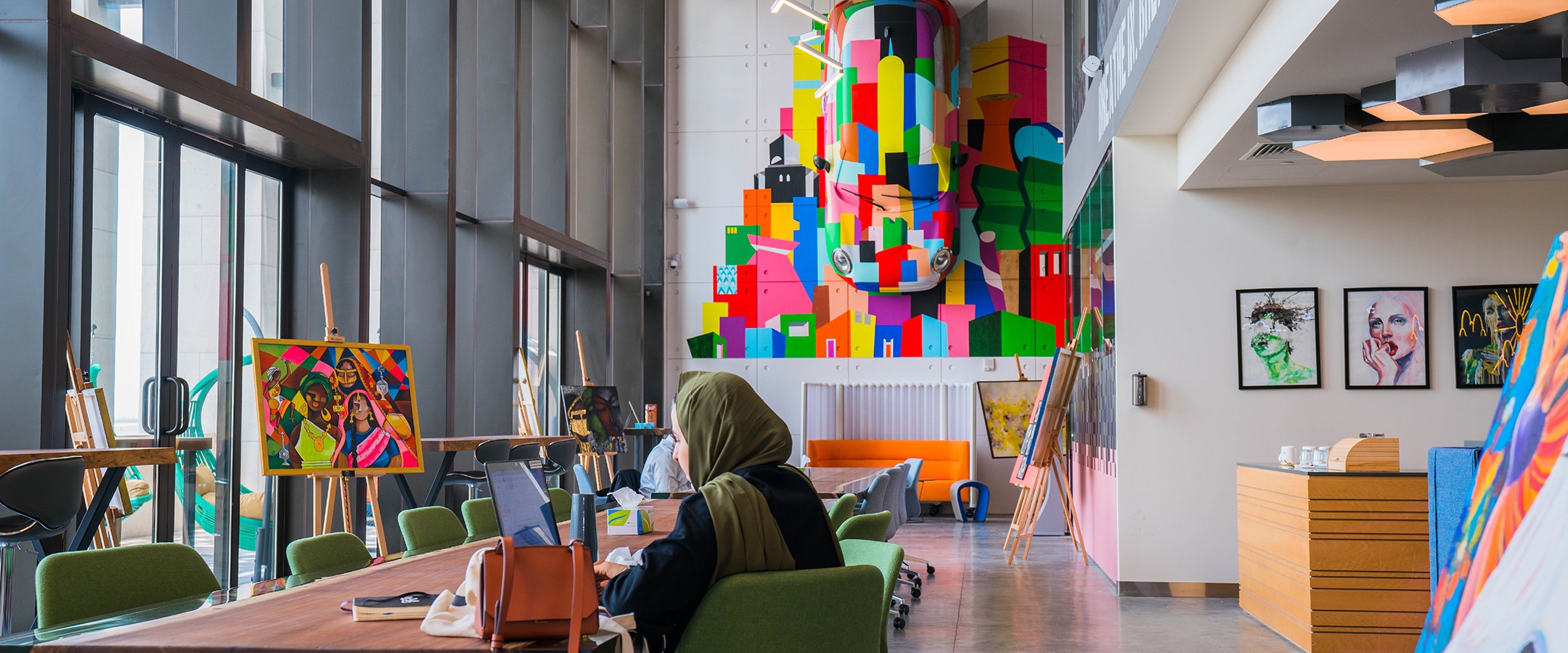
Flexible Office Solutions
Find your ideal workspace with endless possibilities.
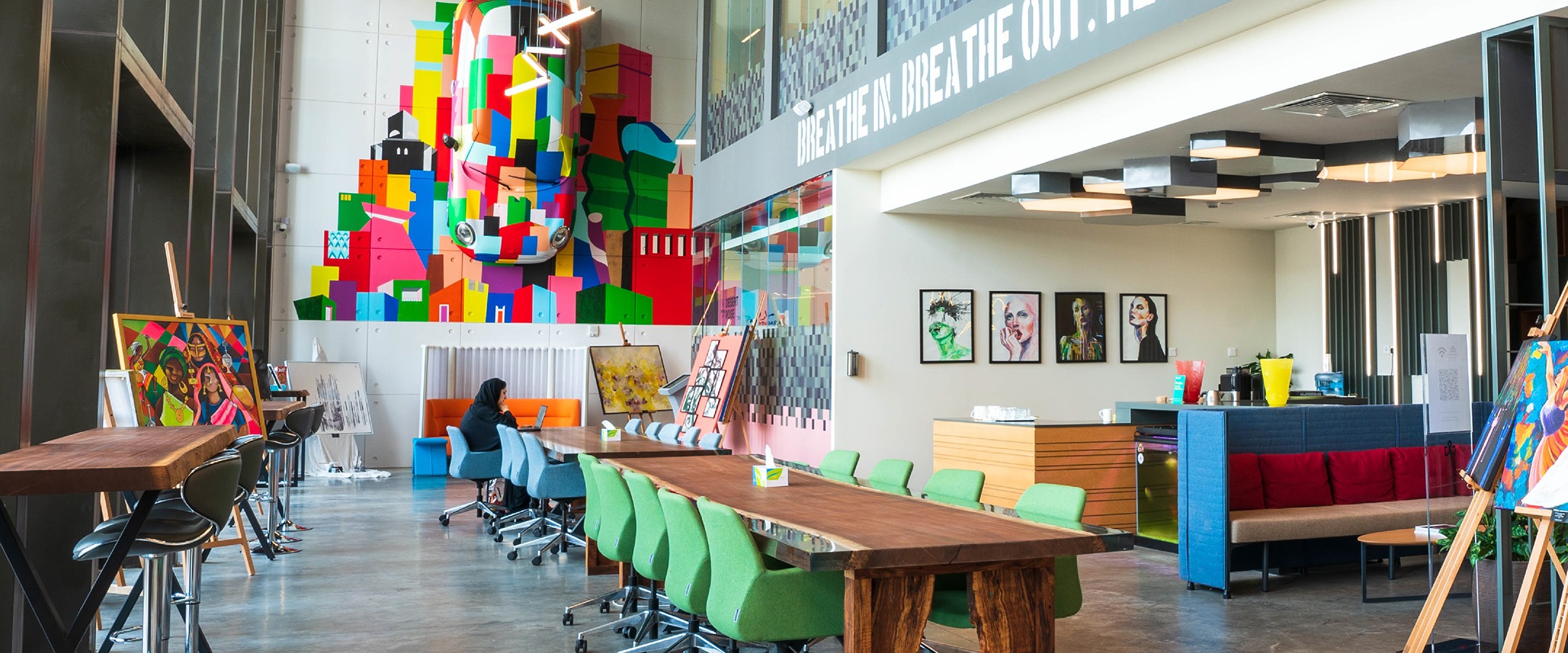
Coworking Space
A collaborative workspace characterized by a dynamic atmosphere and inspiring design.
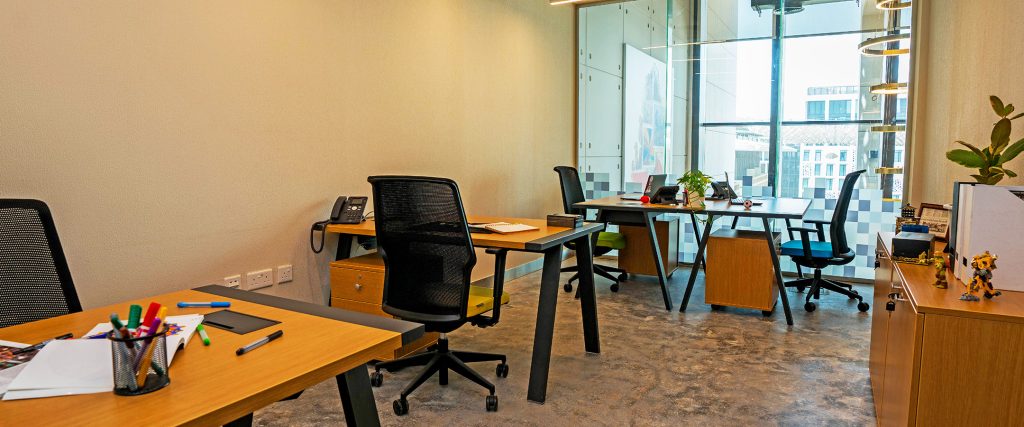
Serviced Office
Move-in ready private offices that qualify for QFC registration.

Coworking Space
A collaborative workspace characterized by a dynamic atmosphere and inspiring design.

Serviced Office
Move-in ready office that qualify for QFC registration.
Dynamic Spaces
Offering the perfect setting to inspire creativity, foster collaboration, and achieve your goals.
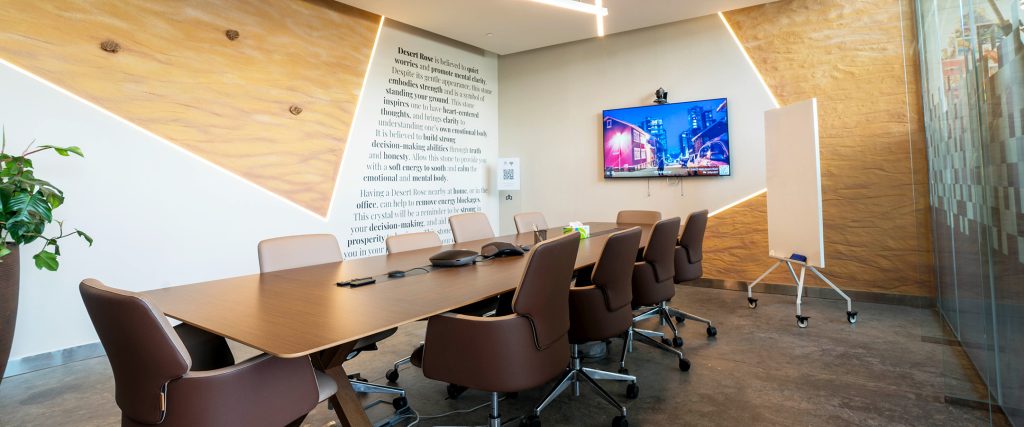
Meeting Room
Spark innovation and fuel creativity in our collaborative meeting rooms.
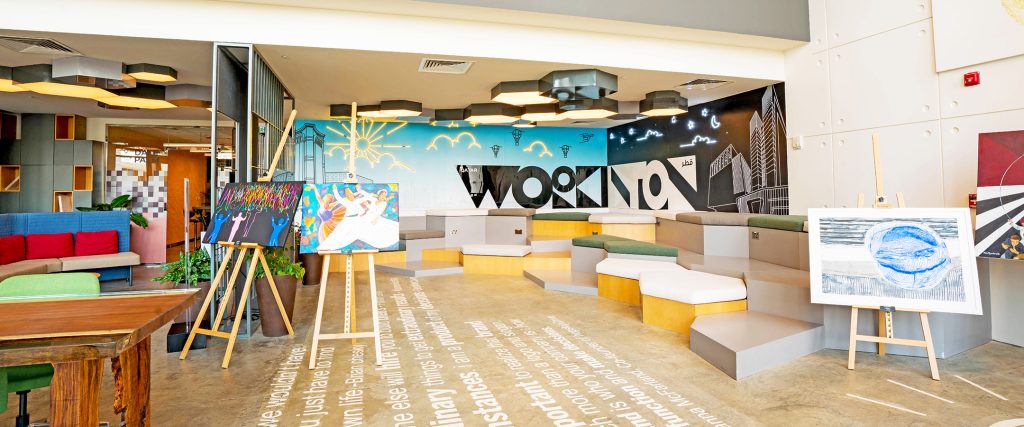
Amphitheatre
Immerse yourself in inspiring talks and engaging events.
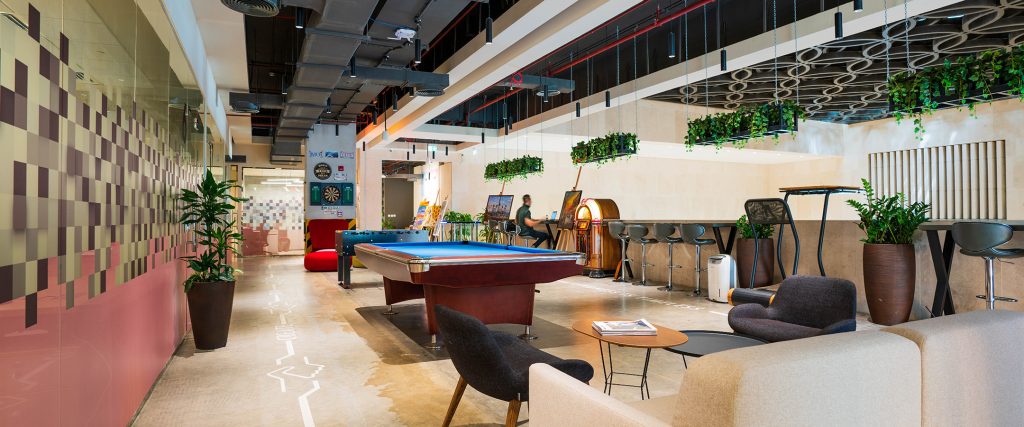
Activity Area
Connect and have some friendly competition in our activity area.
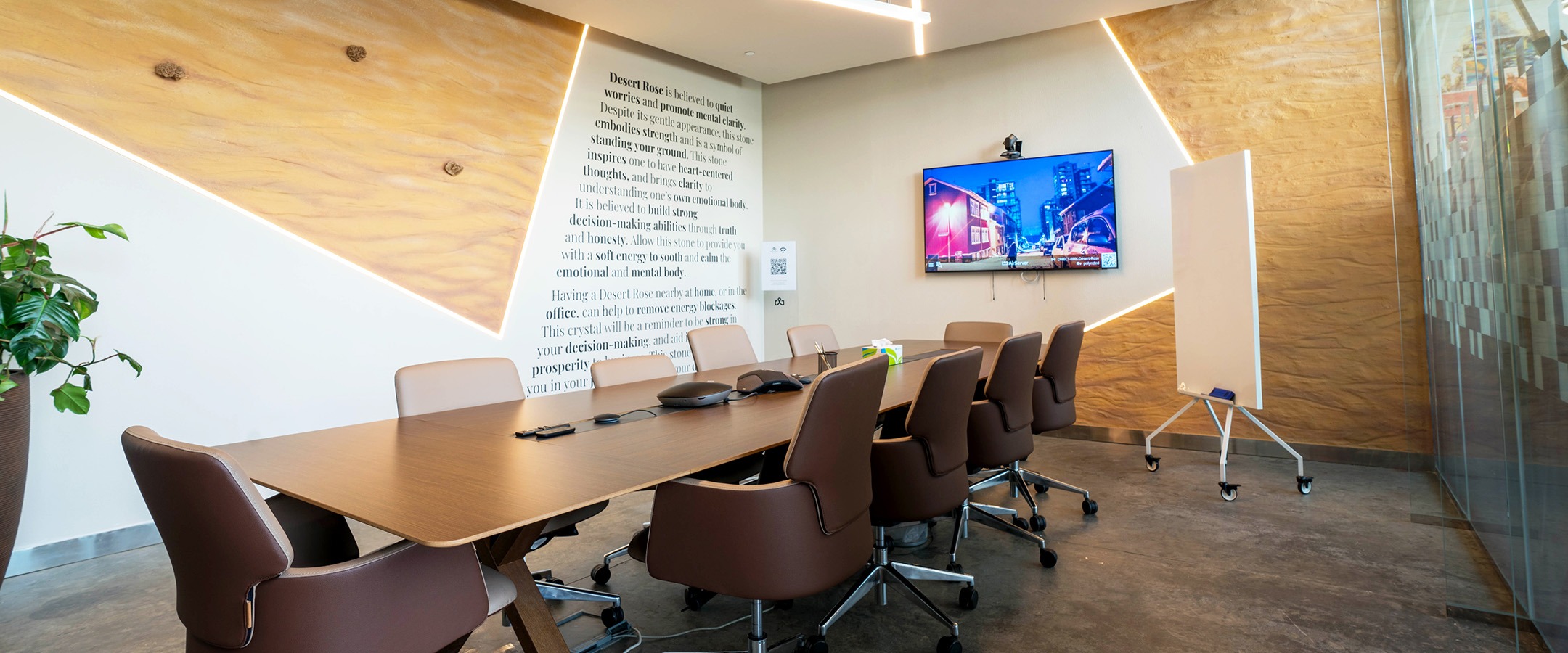
Meeting Room
Spark innovation and fuel creativity in our collaborative meeting rooms.
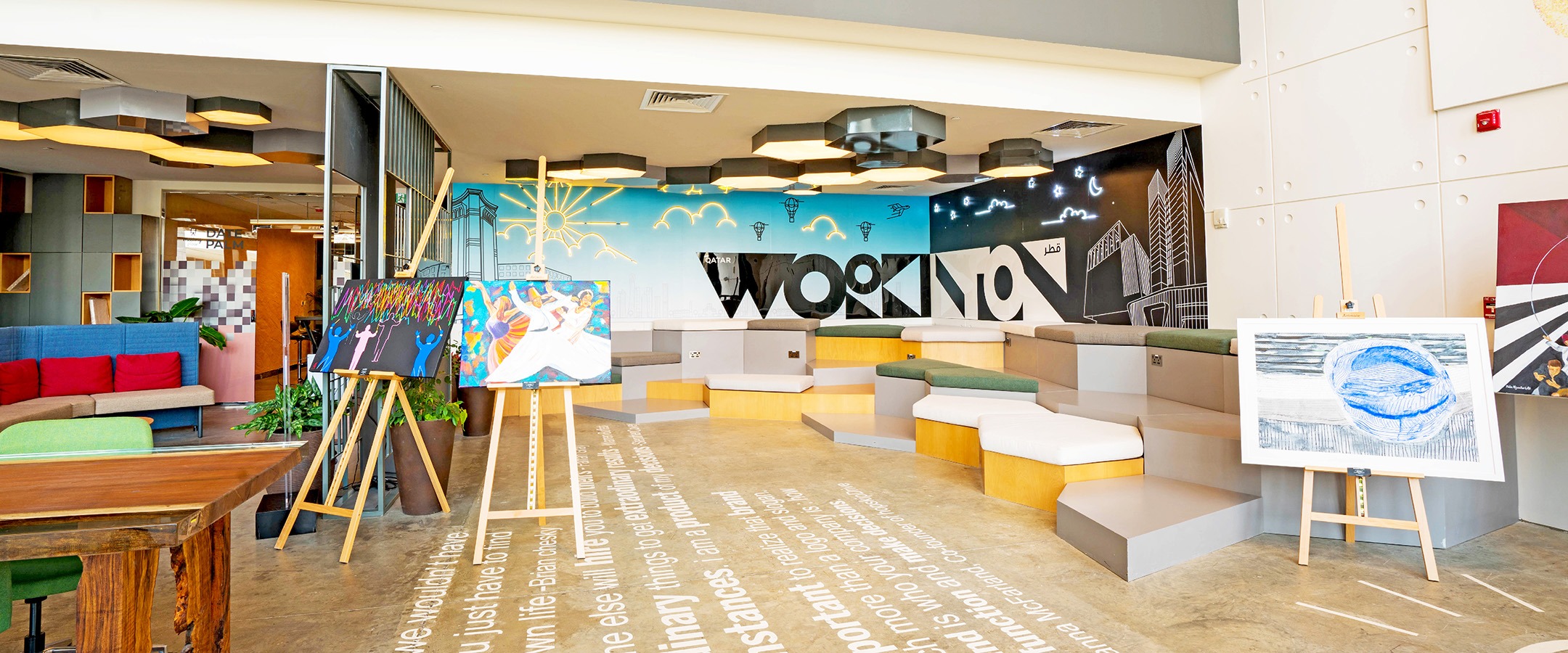
Amphitheatre
Immerse yourself in inspiring talks and engaging events.
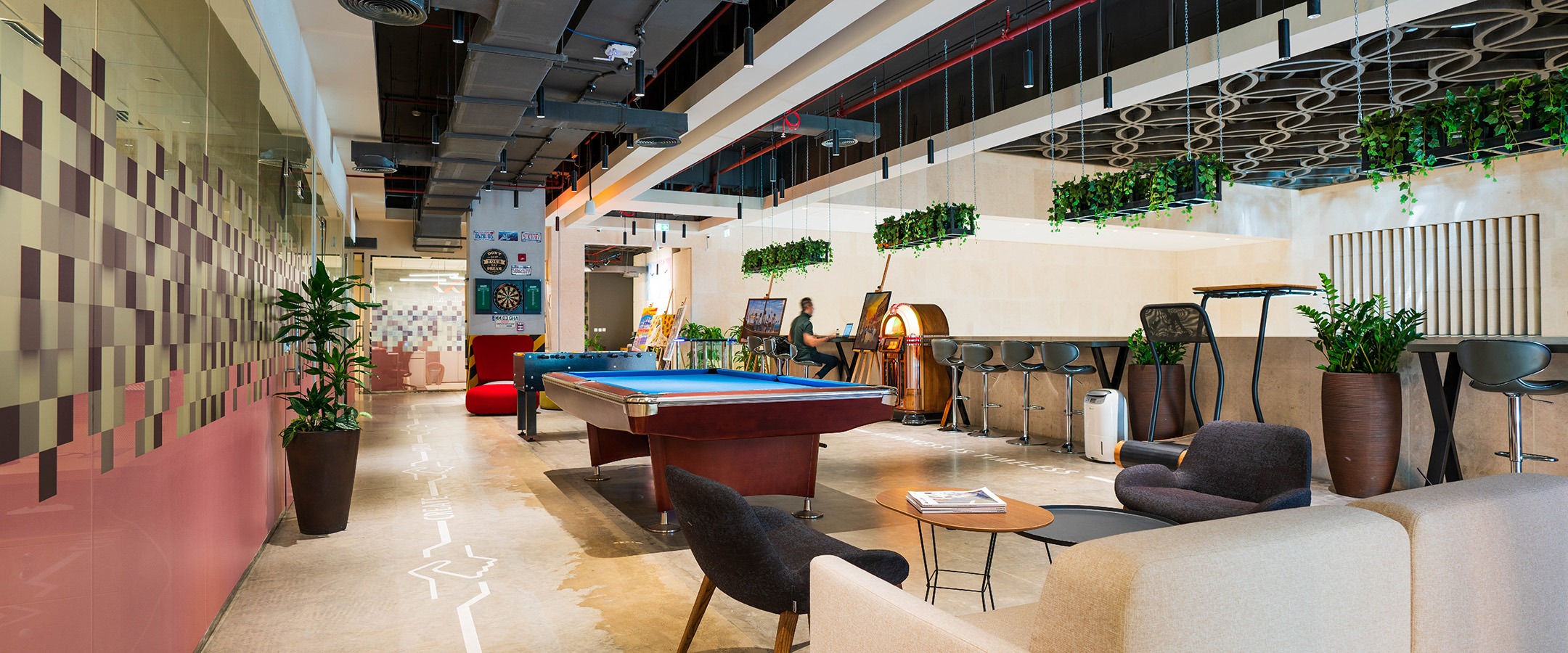
Activity Area
Connect and have some friendly competition in our activity area.
Right where you need us

24/7 Security
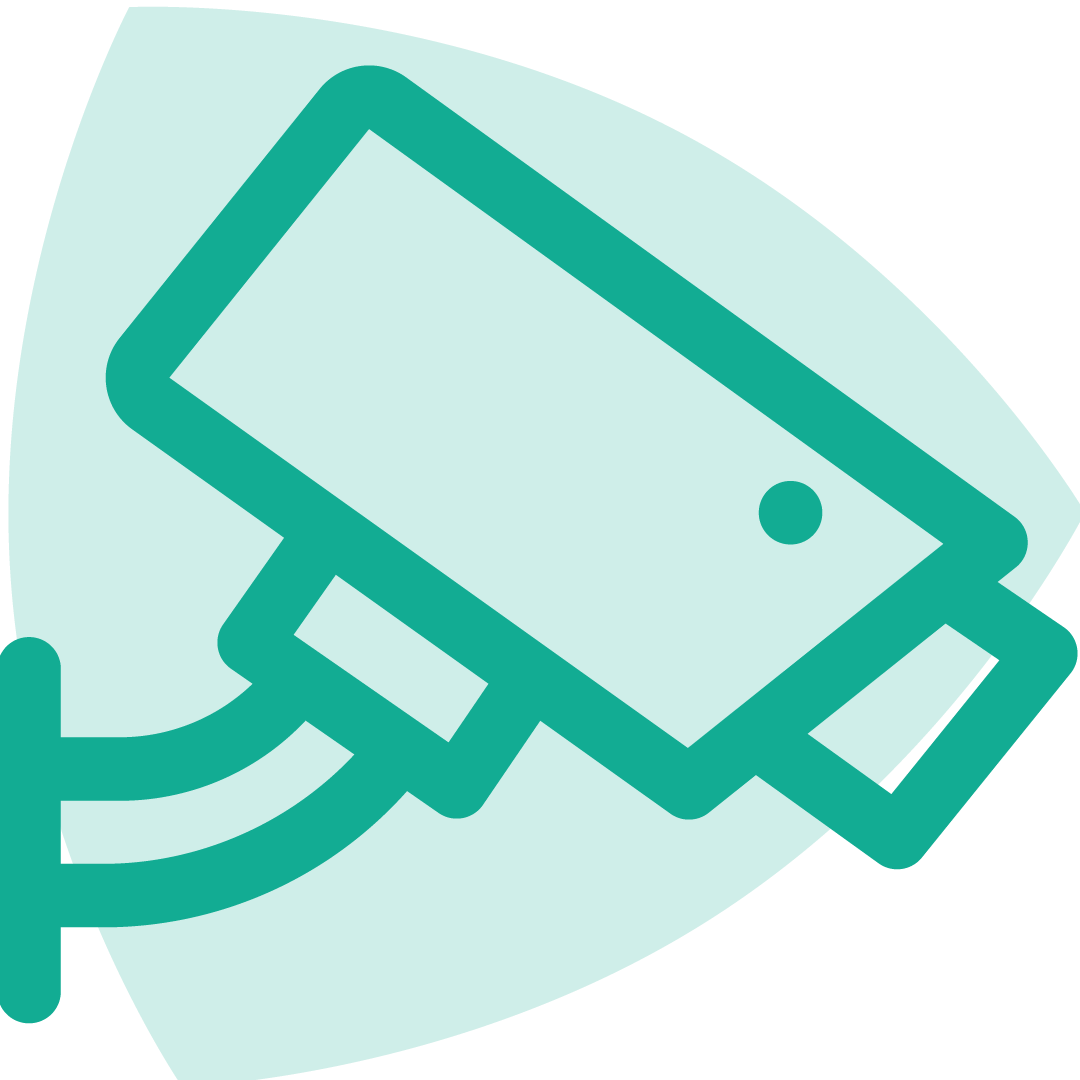
24/7 CCTV

Near by Train Stations

QFC Approved

Lobby & Reception

Near by Restaurants

24/7 Security

24/7 CCTV

Near by Train Stations

QFC Approved
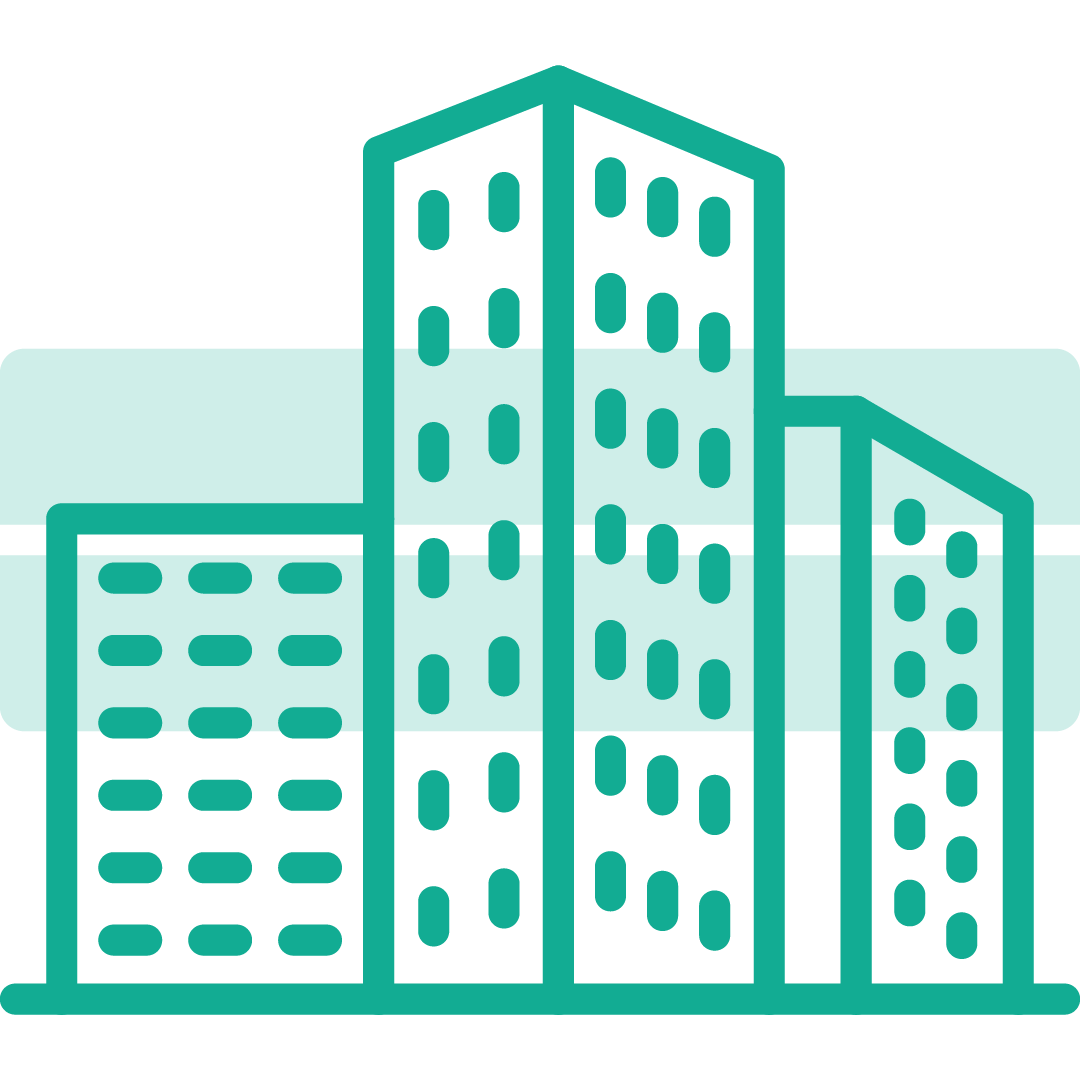
Commercial Building

Near by Restaurants

Close to Hotels

